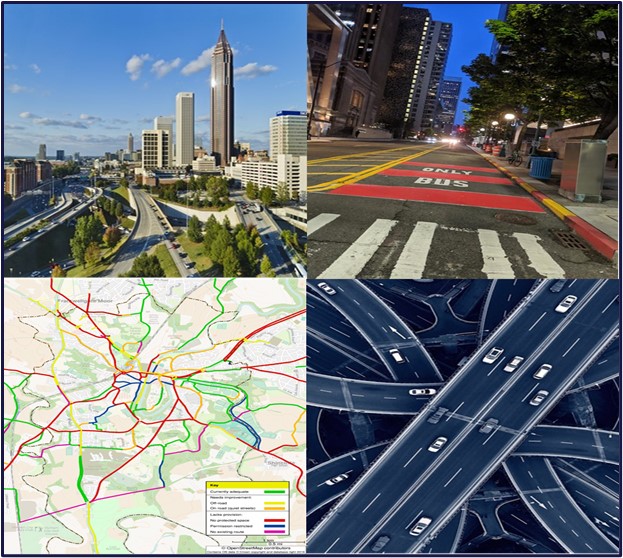![]() Return to all articles
Return to all articles

- By: Jeffrey Barghout
- /
- 3 minute read
- /
- March 2024
Automated Bus Rapid Transit and Cavways
Transportation Reimagined
Download and read the full article (12 minute read)
In the dynamic and ever-changing sphere of urban transportation, Light Rail Transit (LRT) and Bus Rapid Transit (BRT) are frequently viewed as viable solutions to the escalating issues of traffic congestion and the urgent need for increased sustainability. LRT, distinguished by its high capacity and speed, offers a cost-effective alternative to conventional heavy-rail systems. It possesses the ability to mitigate traffic congestion, diminish carbon emissions, and stimulate economic growth. BRT, on the other hand, delivers fast, comfortable, flexible, and cost-effective services at near-metro-level capacities. BRT can integrate seamlessly with other modes of transportation, reduces congestion, and promotes sustainable urban mobility by supporting other policy initiatives like Complete Streets, or the 15-Minute City.
A more advanced alternative is emerging with the introduction and potential integration of autonomous vehicle technology into BRT systems, referred to as Automated Bus Rapid Transit (ABRT). This cutting-edge technology not only enhances the efficiency of traditional bus transit but also boosts the competitiveness of BRT systems against LRT. ABRT has the potential to transport a larger number of passengers compared to BRT alone, in a safe and comfortable manner. It eases access for individuals with mobility challenges and minimizes the gap between the platform and the bus among other beneficial operational enhancements such as automated bus yard operations.
The transformation of our transportation system will be significantly influenced by the advent of dedicated roadway networks, colloquially termed as "Cavways". These are specifically designed for Advanced Bus Rapid Transit (ABRT) and autonomous vehicles and are also referred to as Automated Transit Networks. The introduction of Cavways will enhance traffic flow, alleviate congestion, and notably decrease travel durations.
Moreover, these networks will facilitate "placemaking", a concept that emphasizes the creation of public spaces that promote health, happiness, and well-being, while also ensuring safe community access to essential mobility options. These Cavways will serve as the ideal and optimized infrastructure for the integration of both personal and commercial automated vehicles of the future.
The potential of Cavways extends beyond transportation as we know it today. It could revolutionize logistics, emergency response procedures, and even create a new business ecosystem. From facilitating efficient travel to providing a platform for various services, Cavways have the potential to redefine mobility.
About the author:
Jeffrey Barghout is an accomplished Technology Developer and Business Strategist with over 25 years of experience in technology evaluation and strategic planning. As the CEO of Robocist, he is dedicated to developing and accelerating the adoption of emerging transportation technologies, including connected, autonomous, and electric vehicles, as well as utilizing artificial intelligence (AI) to quantify the driven environment.
Jeff's extensive background includes serving as an engineer and strategic planner at Chrysler, assessing technologies for NASA, and holding the position of Vice President of Transportation Initiatives at a leading research and consulting firm. He has been a successful serial entrepreneur, launching and growing businesses in various industries.
He participates in numerous advisory groups and serves on the Board of Directors for organizations like E4 Carolinas. With a proven track record of delivering results in both technology and business strategy, Jeff has navigated the complex intersection of technology, market forces, regulation, and stakeholder opinions, perceptions, and needs.

